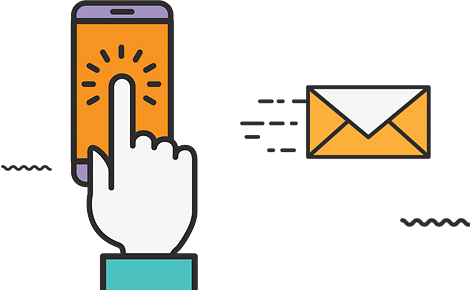Mon-Sat 9am-7pm
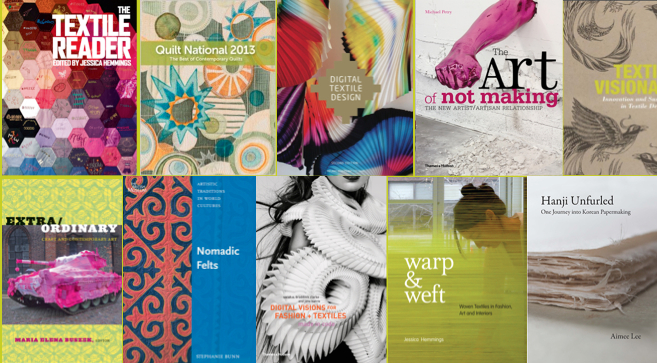
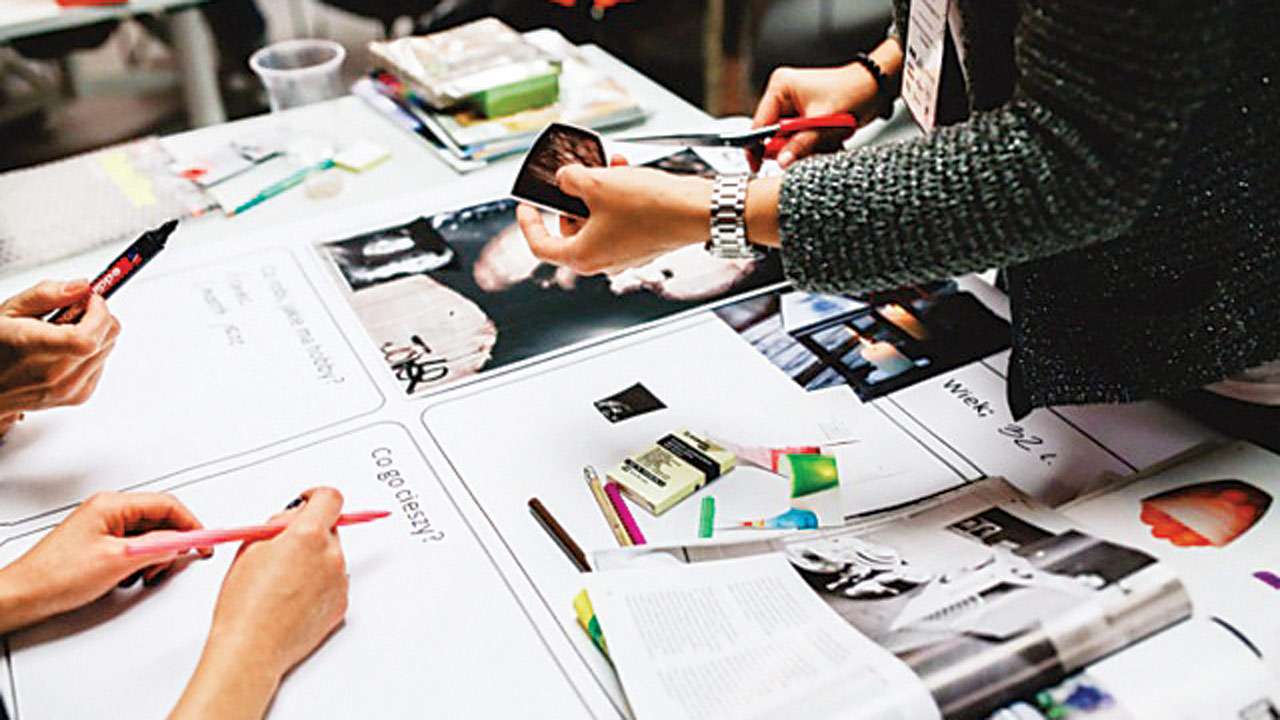
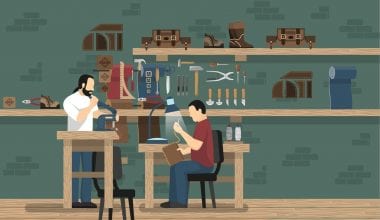
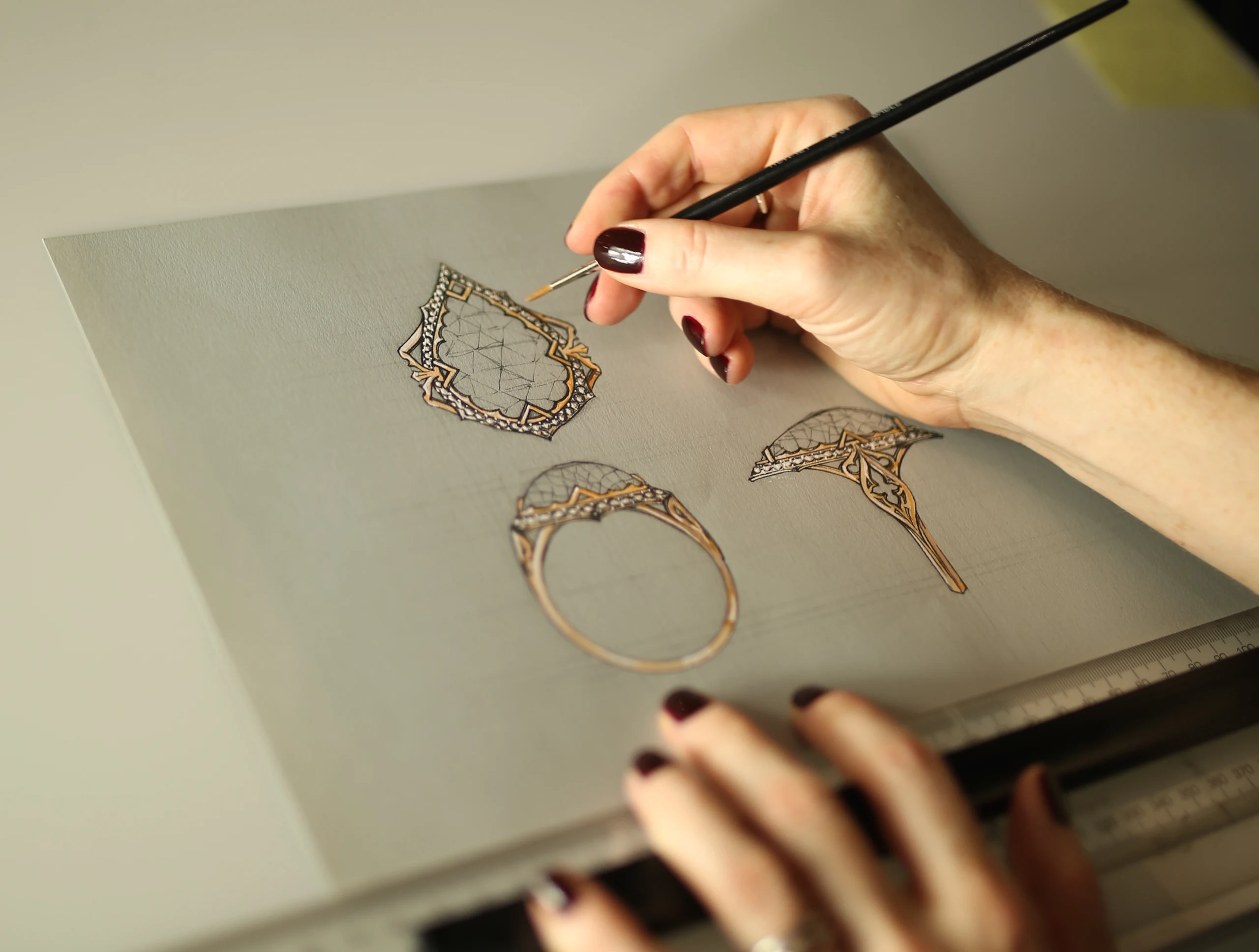
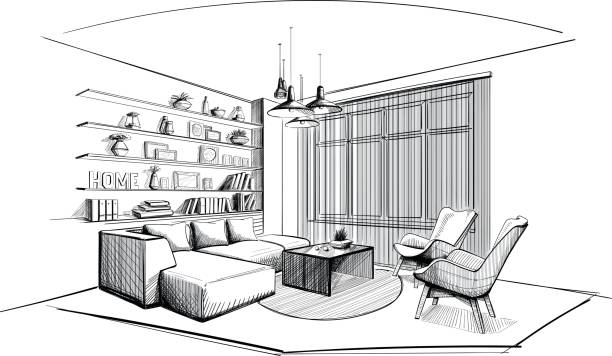
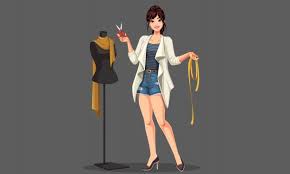
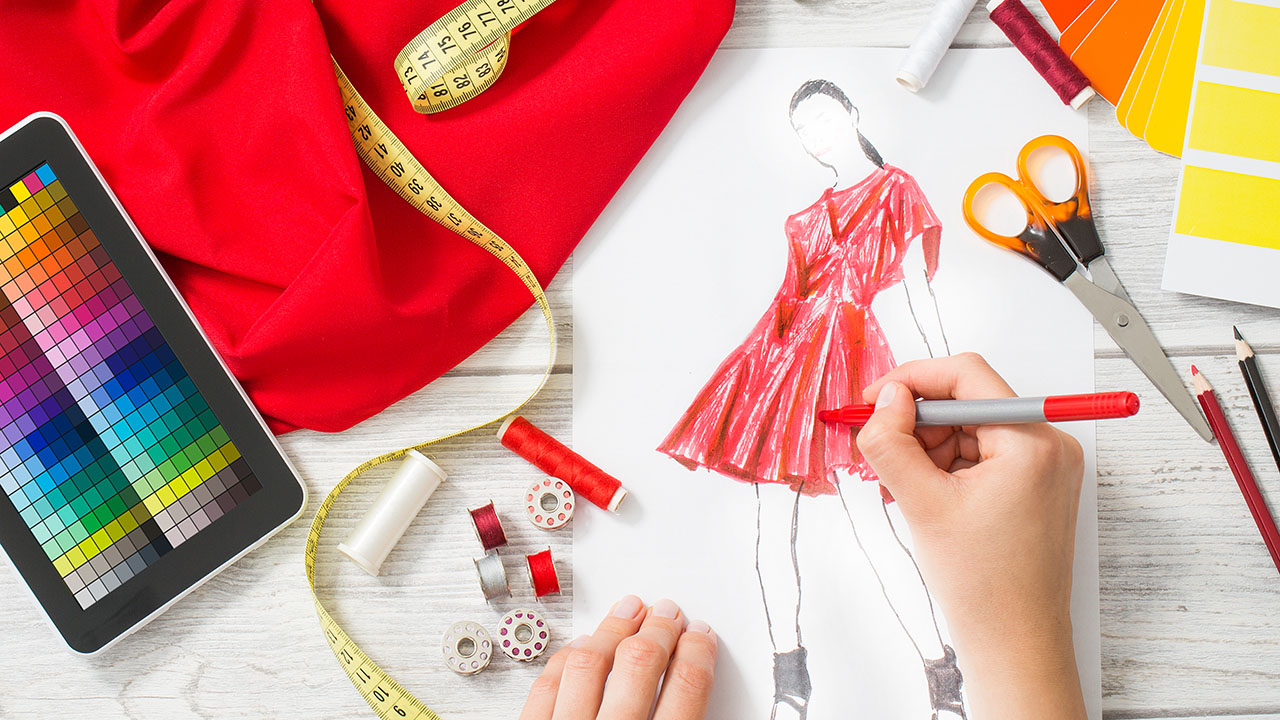
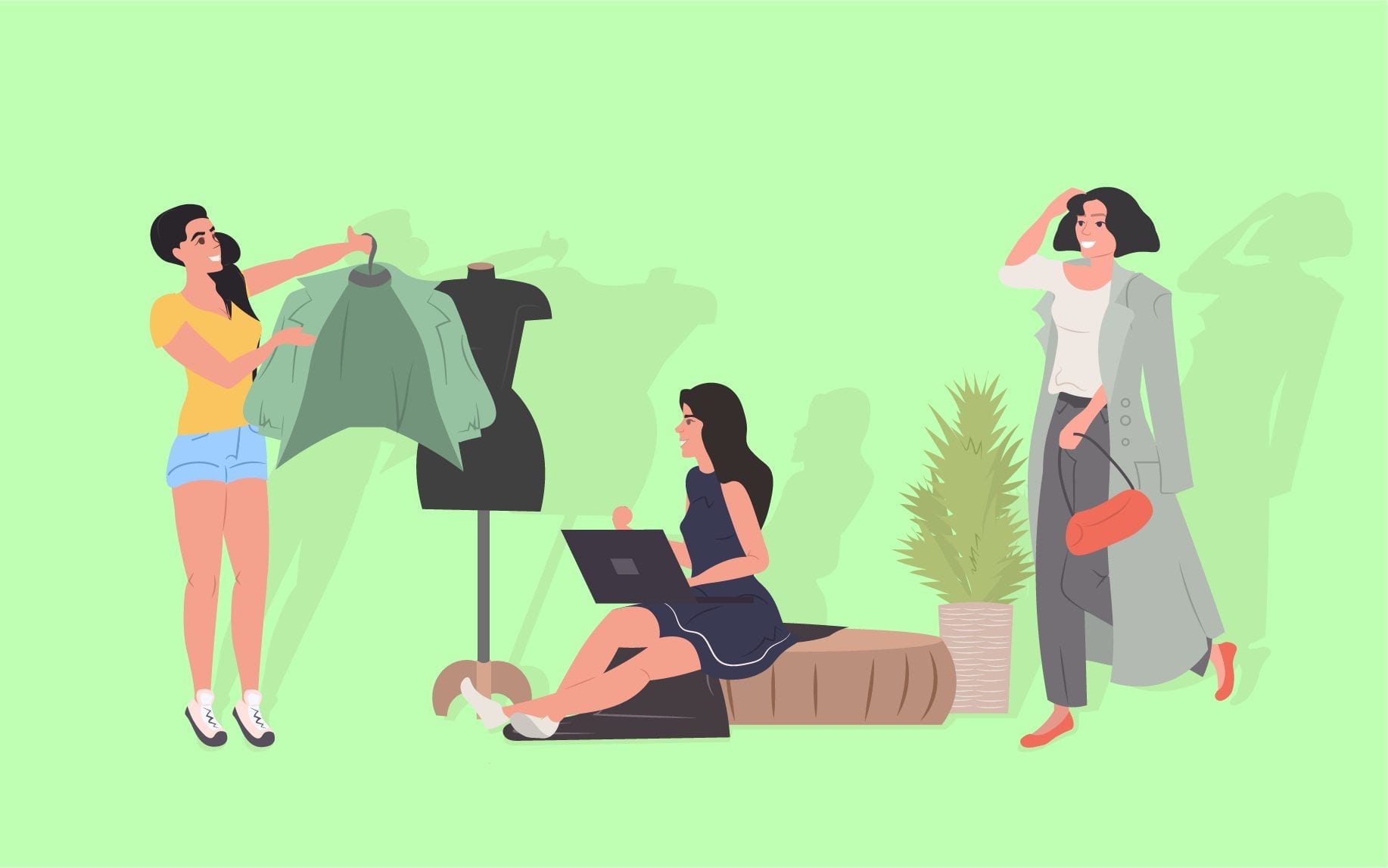

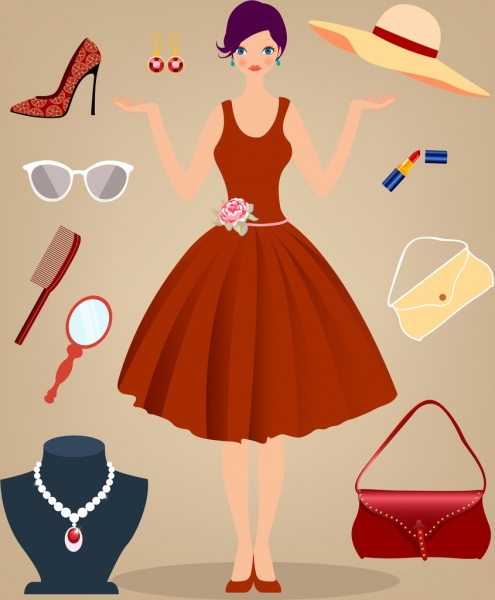
Textile and Apparel Design, commonly referred to as Fashion Design, relates the physical properties of textiles to our human need for functional and fashionable clothing and home accessories. This option combines the art of design, the science of chemistry and the perspective of history in a rich, challenging learning environment that prepares you for dynamic careers at the creative forefront of the textile industry.
Textile and apparel designers must possess an acute visual sensibility informed by the leading aesthetic, social and technical forces of our time. In the Department of Textiles, Merchandising, and Fashion Design, you will be offered a challenging and concentrated foundation in:
and in the development of textile and fashion concepts and products, including their fabrication and presentation.

| Bachelor of Design (B.Design)-Textile Design/Bachelor of Design (B.Des.) Apparel Design/ Bachelor of Fashion Technology (Apparel Production) (B.FTech.)/B.Sc (Textiles)/B.A. in Apparel Design & Merchandising | |
|---|---|
| Level | Under-Graduate |
| Duration | 2½-4 years |
| Eligibility | XII pass in any stream– Arts/Commerce/Science/Home Science/ Minimum Competency Vocational Course (MCVC) including National Institute of Open Schooling (NIOS), or A Pass in the Plus two examination or equivalent of any recognized board in India with 60% marks (Physics, Chemistry, and Mathematics/Biology) for general category, 55% marks for OBC (Non-creamy layer) and 50% marks for SC/ST/PWD candidates. |
| Entrance Exam | Some institutions conduct their own entrance tests like NIFT (National Institute of Fashion Technology) Entrance Exam, Pearl Academy Entrance Exam, CEED (Common Entrance Exam for Design), UCEED (Undergraduate Common Entrance Examination for Design), NID (National Institute of Design) Entrance Exam, AIEED (All India Entrance Exam for Design), Indian Institute of Crafts and Design |
| Specialization | -- |
| Average Course Fee | 3,00,000 to 10,00,000 |
| Mode | Regular/Distance |
| Goal | Textiles Production Manager, Quality Assurance Manager of Textiles, Research, and Development Analyst, Costume Designer, Junior Textile Designer |
Textile Design is a major part of the fashion industry. A career here will be not only stable but also quite promising as well as rewarding. The fashion industry is an ever-evolving one with new trends coming and going like the seasons of a year. You will be responsible for addressing the needs of an ever-growing and dynamic market. It is quite a challenging career choice and a great one for those who love challenges and hurdles. There is also the possibility of starting one’s own company after years in the field.
A very competitive market for those who love challenges.
Fame and recognition for a unique design.
Handsome salary and freelance work opportunities.
Tasks and projects can get stressful
Unintentional copyright lawsuits
The constant pressure to be creative
|
Creative and artistic skills |
Intrinsic knowledge of colours, shades, and tones |
|
Good communication skills |
Quick learning |
|
Basic technical skills such as using Computer-aided designing, machinery |
Drawing, sketching, and graphics |
|
Eye for detail |
Core knowledge of the Fashion Industry |
|
Persuasiveness |
Understanding market and consumer demands for trendsetting |
|
Patience for long hours of detailed work |
Consistency and adapting dynamics |
Call us at +91 9205084085, Monday - Friday, 9 am - 7 pm

